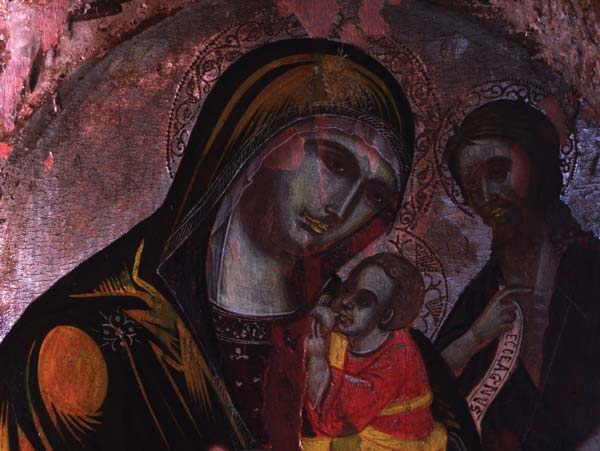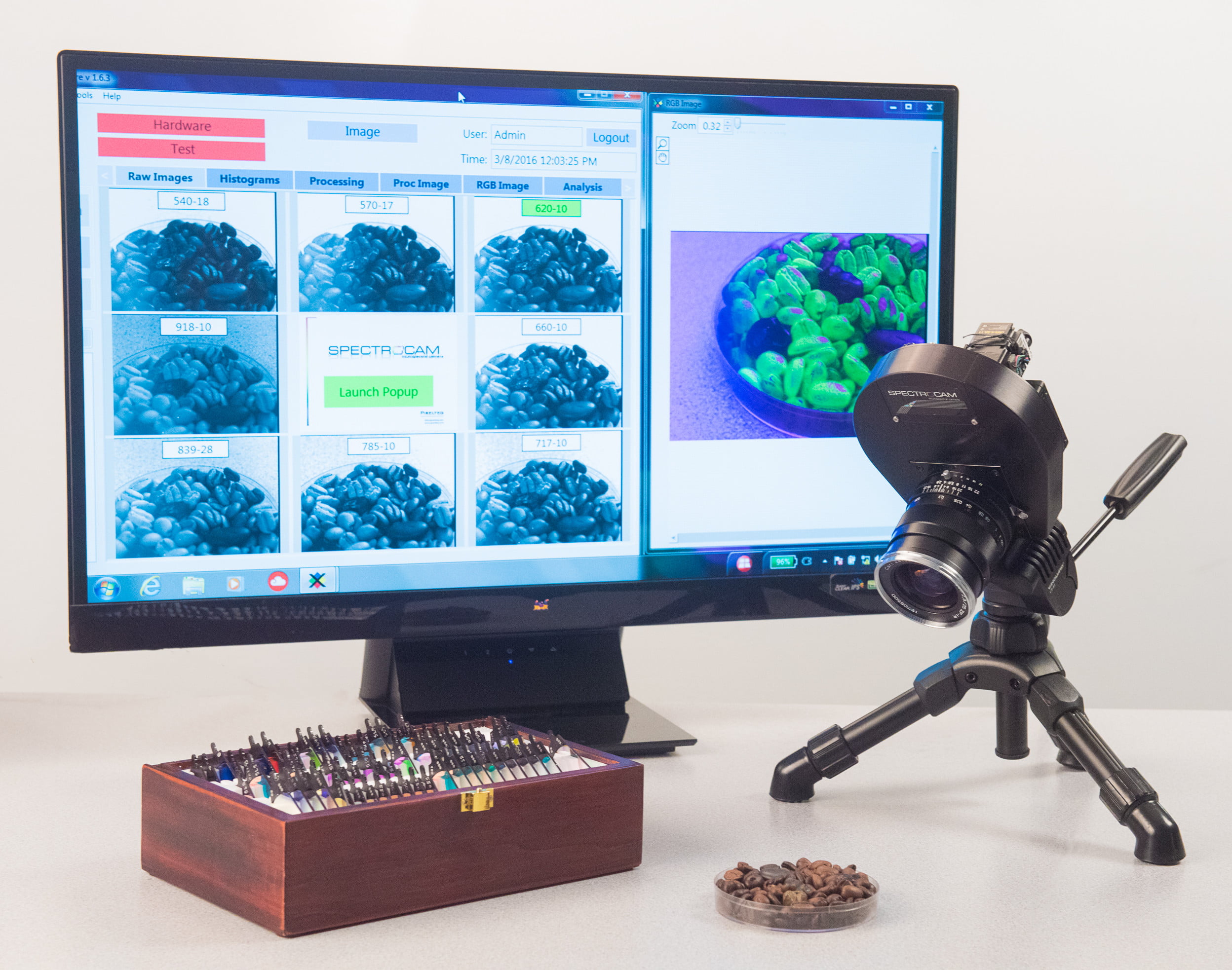Multispectral Imaging | State-of-the-Art
Multispectral imaging of artistic and historic works is a valuable tool to conservators for:
- Non-invasive characterization
- Evaluating layers from under-drawings to varnish
- Revealing watermarks and hidden features
- Color and pigment analysis
- Authentication
Multi-Wavelength Analysis | Inside Out
Because different pigments and materials reflect or absorb various wavelengths (colors of light) differently, a multispectral camera can be used to reveal and distinguish these. A multispectral camera is able to investigate these optical properties in a specified spectral range, so the user can compare findings with known databases of materials, or unveil hidden features which cannot be seen by the eye. Having this capability is invaluable in art analysis and restoration projects. Applications can range from paintings to drawings, pottery, documents, stamps, textiles and more.
The human eye is sensitive to light in the wavelength range of approximately 380nm to 780nm (Visible / VIS). The various Salvo Coatings multispectral cameras can detect and image (reflected) light from 200nm (Ultraviolet / UV) to 1700nm (Short Wave Infrared / SWIR). These cameras are also ideally suitable at analyzing the visible spectrum, as its filters are better defined than any color camera (RGB / Red, Green, Blue).
A few examples of how multispectral imaging can be used for analysis of artistic and historic works:
- NIR-SWIR: These longer wavelengths reveal the story behind the scene – like an artist’s preparatory drawings beneath paint layers, a reused canvas, watermarks, aged or faded writing and features, and prior changes and restoration
- Narrowband VIS: A variety of VIS wavelengths can be used to more accurately distinguish and identify the color, material and location of paints, dyes, pigments, inks and mixtures. Typically, these filters can transmit a wavelength range of 10nm, 20nm, 50nm or 100nm
- UV Fluorescence: Shorter wavelengths can detect original vs. modern materials, varnish, adhesives, and organic compounds to identify where works are retouched, repaired, aged, or deteriorated
- UV Reflectance: Evaluate surface finish and condition in the UV range, revealing varnish layers, fungal growth, authentication of historic works, retouching, and repairs
SpectroCam™ | One Flexible Imaging Platform
The Salvo Coatings filter wheel-based multispectral imagers are ideal for analyzing artistic and historic objects, thanks to their flexible design.
- SpectroCam™ has a filter wheel, which fits 8 filters in the UV-VIS wavelength range or 6 filters in the SWIR wavelength range. These filters can be user-exchanged to allow for accurate analysis in the range of interest. The resulting images give the user pixel-to-pixel correlation of the objects at test
- SpectroCam™ is a lightweight and portable instrument which can be hand-carried in the field
- SpectroCam™ intuitive software allows for live updates and processing of the images. All images are stored in non-compressed industry-standard file formats
- SpectroCam™ is an out-of-the-box solution. The various cameras can cover from UV (200nm) to VIS to SWIR (1700nm) to give the user the widest spectral range and largest choice of filters available today


